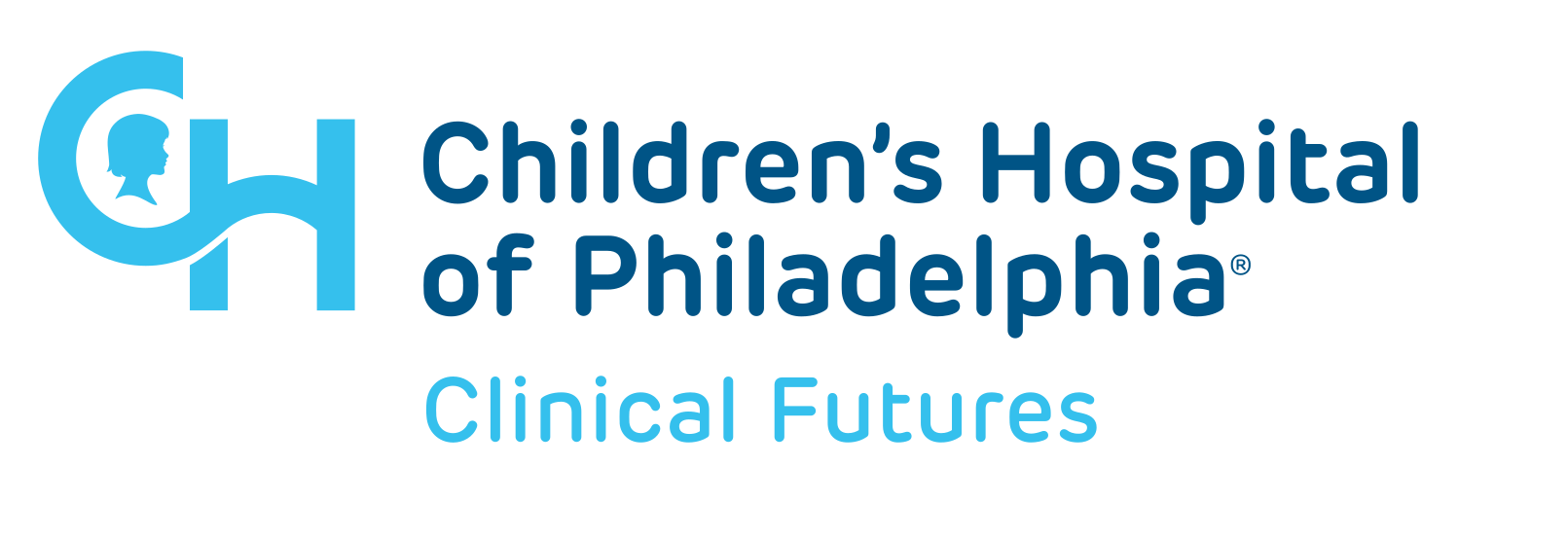Research In Practice Blog
Breadcrumb

Introduction
Poor sleep routines or untreated medical and behavioral sleep disorders (such as sleep-disordered breathing) are associated with obesity, academic problems, and mental health concerns. At least 10% of children habitually snore, and 30% to 60% experience insufficient sleep. Ensuring children receive proper sleep can help families promote well-being, and the ability to identify and diagnose sleep disorders properly is crucial for child and family health. Despite the importance of identifying and diagnosing sleep disorders, sleep problems are commonly under identified and undertreated in primary care.
Researchers from the CHOP Sleep Center and The Possibilities Project identified the need for standardized tools that effectively identify sleep problems in primary care without adding additional processes to well-child visits. In this recent study, titled ‘Implementing an Electronic Health Record–Integrated Pediatric Primary Care Sleep Screener’, which was published in JAMA Open Network, they developed and tested an electronic health record-integrated sleep screener with educational resources for families to identify and manage pediatric sleep issues. The data suggested that the implementation of the sleep screener enabled clinicians to identify, diagnose, and treat a greater number of pediatric patients experiencing sleep disorders.
“Before this sleep-screening tool was integrated, clinicians were prompted to ask families during the visit about their child’s sleep characteristics and record that information in visit notes in a very general way. With this tool, that data is now entered by families during the pre-visit questionnaire and recorded within the child’s electronic health record using an approach that is specific and actionable,” said Alexander Fiks, MD, MSCE, Director of Clinical Futures, a CHOP Research Institute Center of Emphasis, and senior -author on the study.
Integration into Workflow
This retrospective, observational case-control study involved over 409,217 well-child visits conducted in the CHOP primary care network of 31 practices in Pennsylvania and New Jersey. The study consisted of four study periods, which ran from 2018 to 2022. The screener was designed to integrate with pre-visit questionnaires completed by the families. During implementation, the sleep screener was completed by 204,872 unique patients, or 89.3% of unique well-child visit patients, suggesting broad reach.
“The screener and educational resources were developed to maximize efficiency, with integration into current workflows. The family-facing element of the tool allowed families to enter their child’s data efficiently. In contrast, the clinician-facing sleep education part of the tool offered guidance to support families and identify supports for the challenges they may be dealing with,” said Ariel Williamson, PhD, Assistant Professor at the Ballmer Institute for Children’s Behavioral Health and lead study author.
Compared with the preimplementation period, children during the implementation period had 64% greater odds of receiving a clinician-rendered sleep disorder diagnosis at the well-child visit. Over 800 more cases of sleep disordered breathing were identified following implementation. Diagnostics such as sleep disturbance, parasomnias, inadequate sleep hygiene, insomnia, insufficient sleep, and narcolepsy or hypersomnia disorders also saw an increase. (eTable 3)
Helping children sleep better
The increase in identification of sleep disorders led to an increase in primary care clinician (PCC) diagnosis, polysomnogram orders, and referrals to the sleep clinic or otolaryngology. Sleep-screener implementation was also associated with PCCs an increase in PCC polysomnogram ordering, and an increase in referrals to the sleep clinic.
“The results indicated that the sleep screening tool was easily adoptable into the existing well visit framework. After implementation, primary care clinicians were more likely to identify and were better able to offer educational tools for pediatric sleep disorders to parents and caregivers,” said Maura Powell, MPH, MBA, co-author on the study. “We were very pleased to see a greater number of sleep problems identified and addressed.”
The sleep screener assisted clinicians in more consistently identifying sleep disorders and managing those problems. This approach establishes a new model for how primary care can better address sleep problems to minimize impacts on physical and mental health.
The study reflects the initial steps toward not only identifying sleep problems but also promoting sleep health and broader well-being in pediatric primary care. Widespread implementation of the sleep screener can help standardize guidance.
Clinical Futures author(s): Dr. Ariel A Williamson, Maura Powell, Mary Kate Kelly, Dr. Alexander G Fiks
This study was supported by The Possibilities Project, a Children’s Hospital of Philadelphia (CHOP) primary care innovation program, and the Eunice Kennedy Shriver National Institute of Child Health and Human Development. The study includes researchers and partners from CHOP, the University of Pennsylvania, The Ballmer Institute for Children’s Behavioral Health, and the Miller School of Medicine.
